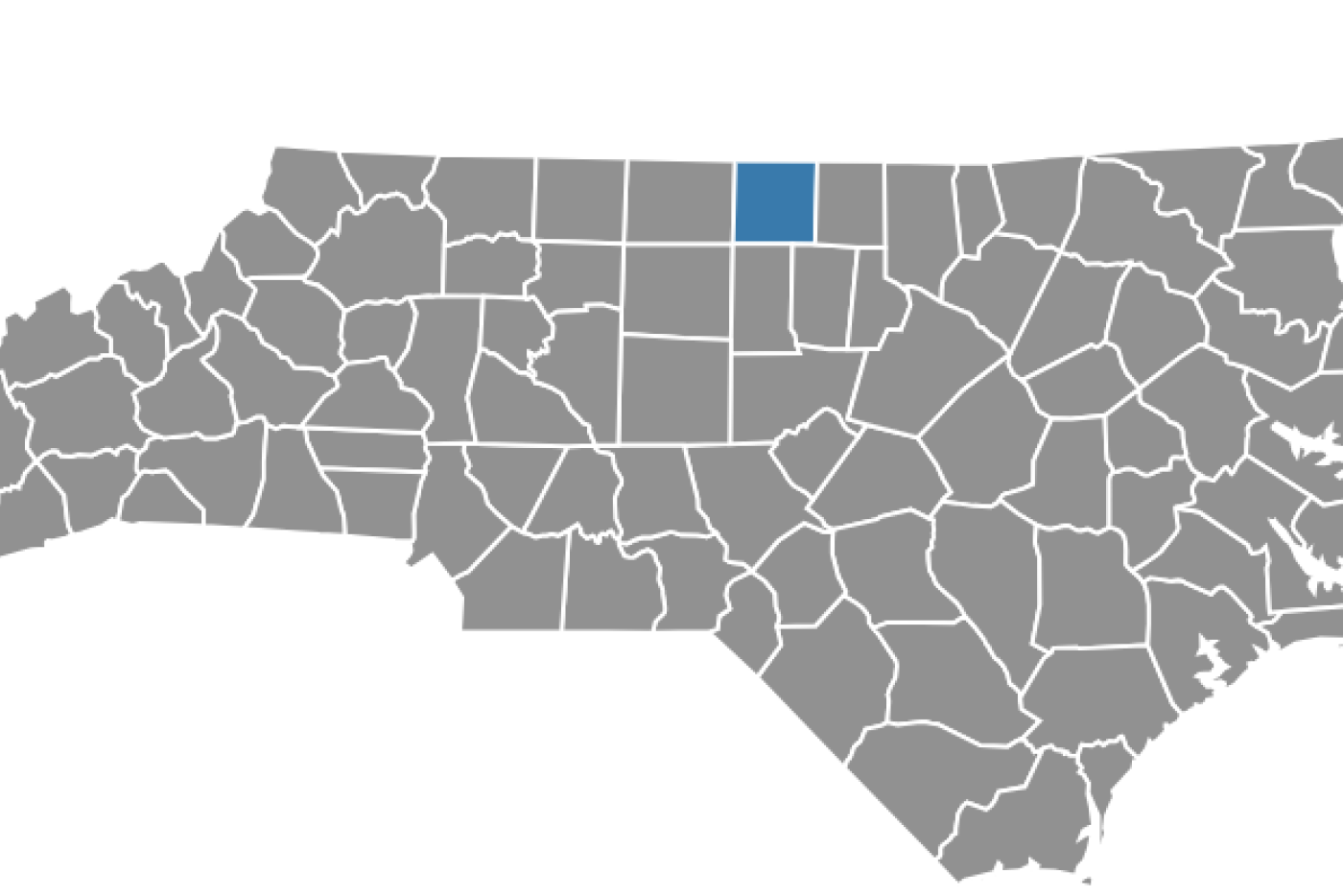Author: Andrew Duppstadt, DNCR
This article originally appeared in Recall, the magazine of the North Carolina Military Historical Society; republished with permission.
Located in the north-central section of the state, on the border with Virginia, Caswell County was formed out of Orange County in 1777 and named for one of North Carolina’s early leaders, Richard Caswell. Caswell County encompasses 428 square miles and is bordered by Person (which was formed from Caswell County in 1791), Orange, Alamance, and Rockingham counties. The Dan River runs through part of the county, and it is part of the Piedmont Triad region. The county was home to indigenous Siouan peoples, particularly the Occaneechi, and was later settled by English, French Huguenot, Scots Irish, and Germans.
Though born in Maryland, Richard Caswell moved to North Carolina as a young adult and became a leader in the Old North State. He was a surveyor, land speculator, lawyer, and founder of the town of Kingston (now Kinston), situated in Dobbs County (now Lenoir County) on the banks of the Neuse River. Like all men of his station, Caswell was an officer in the county militia. He saw his first military action serving under Royal Governor William Tryon in May 1771 at the Battle of Alamance, where Tryon’s militia forces defeated a group of backcountry farmers called Regulators. By the time of the American Revolution, Caswell had become a Patriot leader.
Caswell represented North Carolina at the First and Second Continental Congress (1774 and 1775) and was appointed Colonel of the New Bern District Militia in 1775. He commanded those troops at the Battle of Moores Creek Bridge in February 1776 and was instrumental in helping the Patriot forces defeat Loyalist militia there. He was promoted to Brigadier General and was elected as the first Governor of North Carolina, serving from 1776 to 1780. In 1780, Caswell was promoted to Major General but suffered a terrible defeat at the Battle of Camden (SC) and was briefly replaced in command before returning to his position in 1781. Caswell served a second term as Governor (the state’s fifth) from 1785 to 1787 and was the state’s second Grand Master of Masons from 1788 to 1789. At the same time, he returned to politics, serving in the State Senate. While presiding over the Senate in November 1789, he suffered a stroke and died. Fort Caswell, located near the mouth of the Cape Fear River in Brunswick County, is also named for Richard Caswell.
Caswell County is one of North Carolina’s smaller counties, with a current population of just under 23,000 people. The county seat and largest town is Yanceyville, and the only other incorporated town in the county is the town of Milton. Milton is famous for being home to the 19th century free black craftsman Thomas Day. Day’s workshop became a state historic site in 2024. Caswell County’s economy has always been largely dependent upon agriculture and textiles. As those industries have declined, the economy has shifted largely to a service model (hotels, restaurants, health care, and social services). Proximity to the Piedmont Triad, Research Triangle, and Danville, VA, benefits the county. The county also offers many recreational activities through its numerous parks and cultural institutions and hosts a satellite campus of Piedmont Community College.
For more information and to learn more, visit: https://www.ncmilitaryhistoricalsociety.org/

